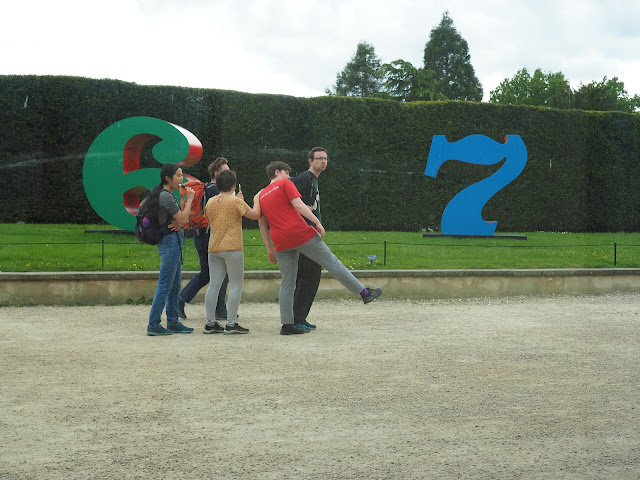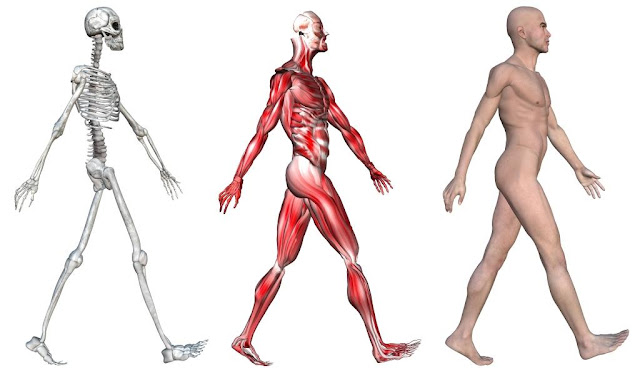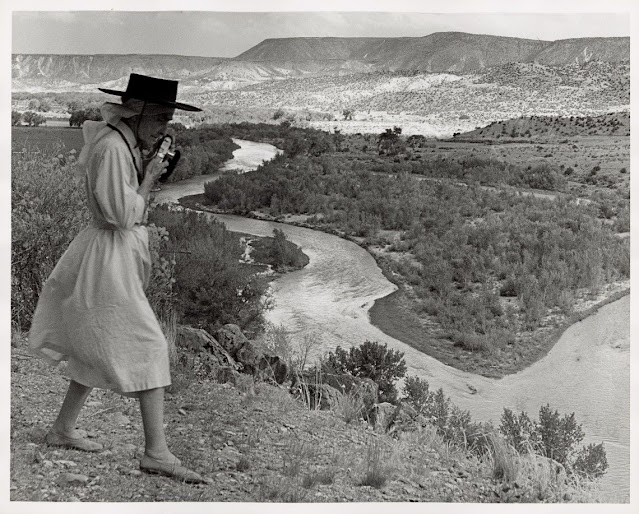People go the Yorkshire Sculpture Park for a variety reasons, and looking at art seems to
be just one of them. Many people seem to be there to have a picnic or look at the sheep,
and a surprising number seem to be there just for a walk. I saw small armies of people
trudging dourly across the landscape, and yes their eye may have been caught by the
occasional work of art – a Damien Hirst is hard to ignore - but a long joyless walk seemed to
be their real reason for being there.
I realize that I’ve been going to the YSP for rather a long time, since it was known as plain old Bretton Hall. Over the years the amount of land has expanded – it’s now over 500 acres - and although the amount of art has increased too, it seems to me that the land to art ratio is weighted very much in favour of the land, so that if you want to see any art at all you have to do a fair amount of walking. Of course, if you’re a walker, you may well think this is a good thing.
If the walkers find a Damien Hirst hard to ignore, they definitely don’t react the same way to an Andy Goldsworthy.
The piece above is called Shadow Stone Fold which I looked at, admired, and indeed walked around inside. Nobody else was doing this, I think because the piece looked very much like an actual sheepfold and visitors didn’t recognize it as art. They possibly thought I was some crazed eccentric.
Across the water and up the hill there was more art by Goldsworthy, three works collectively called Hanging Trees. These definitely looked like art, but not many art lovers or walkers got up to them.
And even higher up the hill, in a bit of woodland, there was another Goldsworthy titled Outclosure. But the day was hot and the hill was steep and I have to admit it defeated me. Next time.
There was also a temporary Robert Indiana exhibition which was mostly in a gallery, but some was outdoors so there were still some opportunites for walking.
And showing in the exhibition was Warhol’s Eat (starring Indiana). That was wonderful and didn’t even involve any walking. Or in fact any sculpture.
































